Food accessibility is an area not taken into consideration often enough when we talk about wellness. Healthy can be done in many forms!
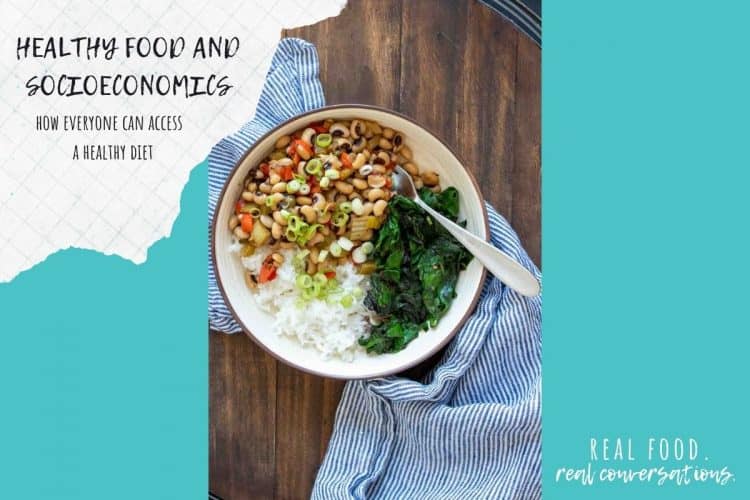
The online world makes us feel like if you don't eat fancy products you can't be healthy. From superfoods to super grains, it's a super amount of money!
Podcast: Play in new window | Download | Embed Subscribe now! Apple Podcasts | iHeartRadio | TuneIn | Deezer | RSS | More
The Evolution of Healthy Food
Being what they call "an influencer" I see it all online. From people pushing fancy products with the promise of optimal wellness, to the opposite side of simply being able to access food for some populations.
In today's almost post pandemic world, health is of uttermost importance. So why do we focus on creating newer "better" products instead of trying to find ways to get simple wholesome food to all populations?
I consider myself very blessed to afford what we do. Yes, we work hard for it but my families history wasn't an easy road.
I am first generation Greek, my parents were Greek immigrants to this country. When I was little, both of them worked full time in order to get food on the table and give us a good life.
However my mom came from very little. She grew up poor in the mountains of Greece, not knowing if she would have food every day. She was one of the only women to go to high school and the first woman in her village to attend college.
Back then, at 13 the women were brought home and married off. But my grandmother saw a light in her that needed to be fueled. So my mom was pushed to get an education.
My mom is a hero in my eyes. She taught me the concept of hard work, and accomplishing dreams. She worked her ass off to give us an incredible life, and now lives very very comfortably.
She gives a lot to the less fortunate, not only here in San Diego but also to family back in Greece who live on barely anything. She has volunteered and mentored at the homeless schools and basically is an incredible human.
I tell this story, because I was raised on good wholesome healthy food. My mom also grew up eating all whole fresh foods, when they actually had food, because that was what they could grow and trade for.
No superfoods. No fancy products. But here we are in America today where it seems if you can't afford Whole Foods prices, you are screwed. Except, you aren't.
Social Determinants of Health
If we are going to make health something all people can achieve, we need to take certain things into consideration. We need to think about where people are born, work and continue their life.
There are social determinants that must be considered such as socioeconomic status, eduction level, the actual physical environment, their social networks, where they work and access to healthcare.
While this is a deep discussion that could go on for hours, I will touch upon a few of these aspects and why we need to work on changing the narrative.
Economic Access to Food
The most talked about issue with a healthy diet is being able to afford it. If you can't shop at Whole Foods, is there still hope you can live in ultimate health?
There are so many factors with economic access. From the income you bring in, your expenses, the debt you have, your medical bills and other supports. They all play a factor.
Physical environment
While money is a major issue, we also need to think about the fact that some people can't even get to places that offer fresh nutritious food. We take for granted how easy it is for those of us that have cars to get places.
If you cannot afford a car, you rely on public transportation to get around. Not only does that take longer, but it also may not get you close to what you need.
Where you live and what you have around you is an important factor. The grocery stores in your neighborhood, access to public transportation to get to them if walking isn't an option, and even the safety of leaving your home at the hours you have open to get that food should all be considered.
We also need to think about where people work. Having access to food options within or near a place of work is super important, since many people spend all day in their work environment.
Education and health
Another factor in wellness is how much a person knows and understand about nutritious food. You only know what you know.
So the issue is, if one doesn't know then how do they learn? Are there programs that they can access to improve their knowledge? But access to those would need to be free if we are taking economic barriers into account.
It is all a tightly woven intermingled issue.
How to Access Healthy Food
While I can't solve all the issues with food accessibility, I do have some tips and ideas on how one can use simple basic foods to eat a wholesome diet.
First, focus on fruits and veggies. While fresh is amazing if you can access them, it is not the only way to get produce into your diet.
- If you see a recipe that calls for fresh veggies, try using frozen if that is what you have access to. Frozen veggies are usually frozen at their peak ripeness, which means they have great vitamins and nutrients.
- Canned veggies can work too. But make sure you look for sodium content and other ingredients that may not be as great as the simple veggie itself.
- If you do canned fruit, make sure they aren't in syrup as that can add a lot of extra added sugars.
- Frozen fruit is great as well, especially for things like smoothies. But they can work for warm food as well.
After produce, look at staples for protein and fiber. Beans and grains are both very easily accessible and also inexpensive.
- Dried beans are great because you can buy in bulk and also store them for long periods of time.
- Batch cooking beans and grains can help get healthy meals on the table quickly.
- Buying dried grains is much cheaper than the ready made frozen kinds, but frozen is done faster. So you need to determine what is your focus.
A few other ideas for saving money are:
- Find what's on sale and build meals from those ingredients.
- Buy in bulk either online (if you have access to the internet) or local stores.
- Shop seasonally, produce that is in season is cheaper than those that are not.
- If you have access to local farmer's markets or produce stands, those can sometimes be cheaper than other stores.
- Look at the price per unit on items versus just overall price. Sometimes the bigger options are cheaper over all.
For more ideas see my free one page guide!

PS- If you liked this episode of Real Food Real Conversations, please subscribe and leave me a review!
And tag me on Instagram whenever you're listening! I reply to all my messages!



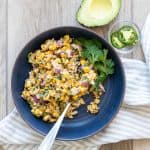

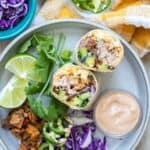
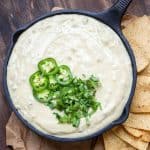

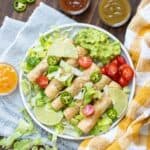
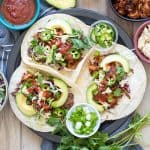
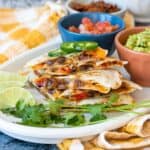
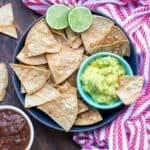
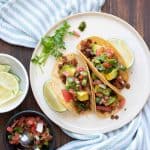
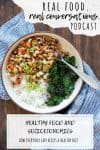
Questions or comments? Let me know below!